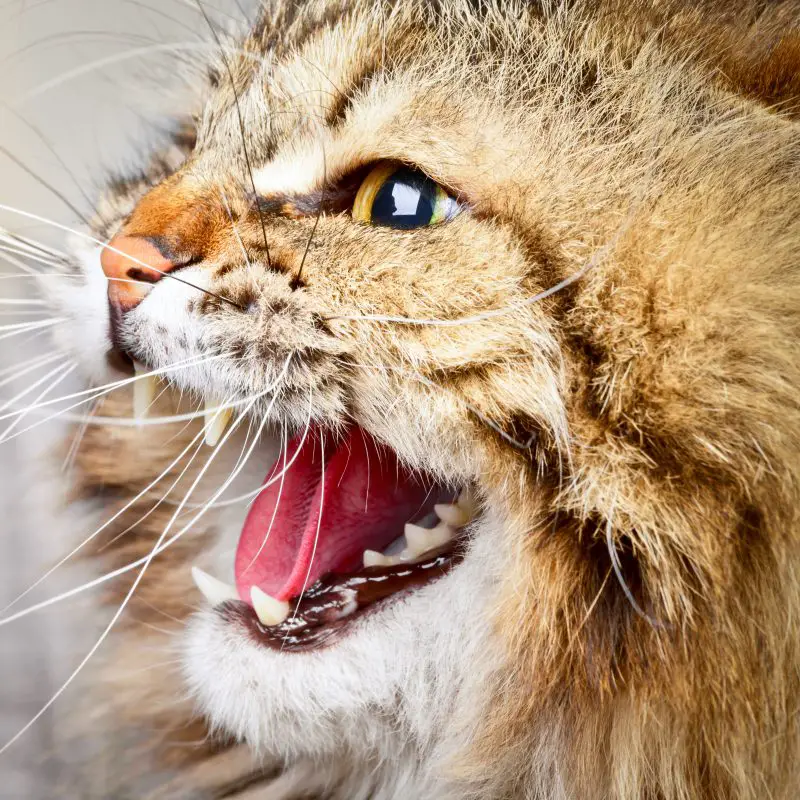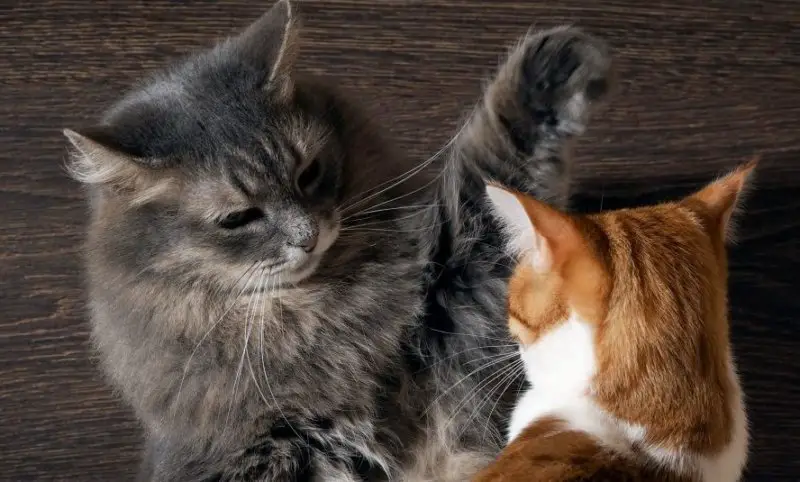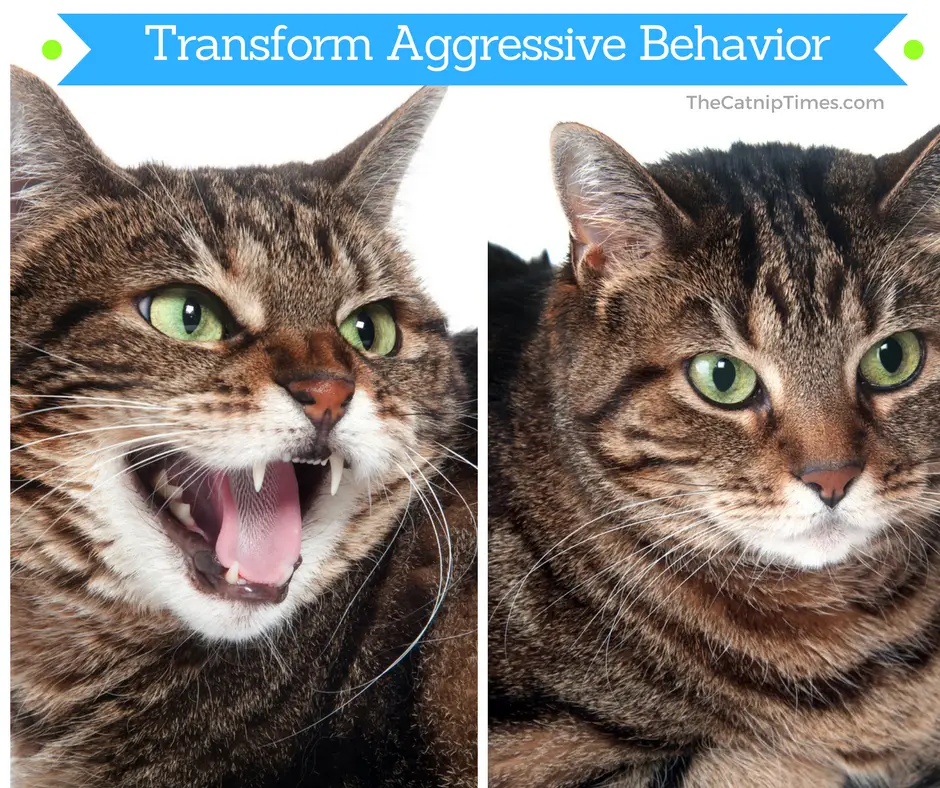Guest blogpost by Jordan Walker
Jordan Walker is passionate for animals and their well-being and he loves to write about them. He is the lead content curator for Coops and Cages and several other pet-related blogs. Jordan volunteered to write a post for us – and we are very happy to share! In this guest post, he writes about ways of dealing with cat aggression.
Cats make wonderful pets and companions. Seeing them happy and playful, bonding with other pets and humans alike, is one of the greatest joys of having feline family members.
Occasionally your cat might display surprising behaviors and changes in personality that could baffle even the most experienced of us. When behavior turns aggressive, it can cause undue harm to themselves, fellow cats, or human companions.
The good news is cat aggression can be addressed. With proper handling and training, aggressive cats can return to being the happy, contented feline friends they once were and we love and want them to be.
Warning Signs of Cat Aggression
As responsible cat owners, it is our duty to understand cat instincts and common cat behaviors. The more we understand cat behavior, the better off you and your cat will be.
So how do we detect signs of aggression? One thing to look out for is their body language. Observe their ears and look for signs of anxiety. Often, if a cat’s ears lie back and flat, this means it is anxious about something.
Aside from the ears, there are other signs you can watch out for, particularly in the eyes and tail. For instance, tail lashing may mean that a cat is getting angry or is in a hunting mood.

Cat Aggression Triggers
According to the International Association of Animal Behavior Consultants or IAABC, cat aggression is often redirected from a certain trigger towards whoever is closest, may they be another family pet or a human.
If a cat experiences fear or over stimulation, this can spark aggressive feline behaviors. For example, if an indoor cat sees an outdoor cat, but he can’t actually get near the outdoor cat, a common response of the indoor feline is to redirect its stimulated feelings. Sometimes these feelings manifest as aggression toward the closest living companion it sees. This kind of situation is most common in households with five or fewer cats.
Cat aggression can also be triggered by sudden noises. For instance, if a cat hears a loud television or a household item falling and breaking into pieces the cat may shocked and stressed out.
Similarly, abrupt changes in environment like the addition of a new pet, or moving to a new household, may cause our otherwise happy pets to feel threatened. As a result, they may act aggressively to protect themselves.
Addressing Cat Aggression
It goes without saying that cat aggression is something that should be taken seriously, both for the safety of our feline friends and the household’s other occupants (humans and pets alike). Start with identifying a cat’s fears and returning it to a state where it feels safe and happy.
If the aggression is directed toward another cat, the best thing to do is to separate the cats for a while to give them their own safe space, where they don’t see each other and where they can relax. Once the situation is diffused, slowly and deliberately reintroduce them with plenty of positive reinforcement. Have them spend time again together while giving them treats or enjoying playtime together.
Take note that this is a process that requires care and plenty of patience. It can take a few days to months in order to work, depending on the degree of aggression displayed. Done properly, most cats will return to a more peaceful coexistence with the aggressor feeling less threatened and losing any incentive to continue provoking and harassing the other.
In extreme cases, it might be advisable to consider medication to help with their behavioral problems. Jackson Galaxy of Animal Planet’s ‘My Cat from Hell’ said that certain medications might provide relief, provided they are used with care and under strict supervision of a trusted animal care professional.
No matter what the scenario is, the most important thing to remember is that cat aggression should be addressed as quickly as possible, and with guidance from a vet or certified cat behaviorist. This way any possible harm to our beloved felines and everyone else in the household can be avoided. With proper care and provision of comfort, your cats will be back to their happy cuddly selves.
 Author: Jordan Walker
Author: Jordan Walker
Jordan is the lead content curator for Coops and Cages as well as a couple of other pet-related blogs. His passion for animals is only paired with his love for “attempting” to play the guitar. If you would like to catch more of him, you can by following his Twitter or Facebook accounts.

